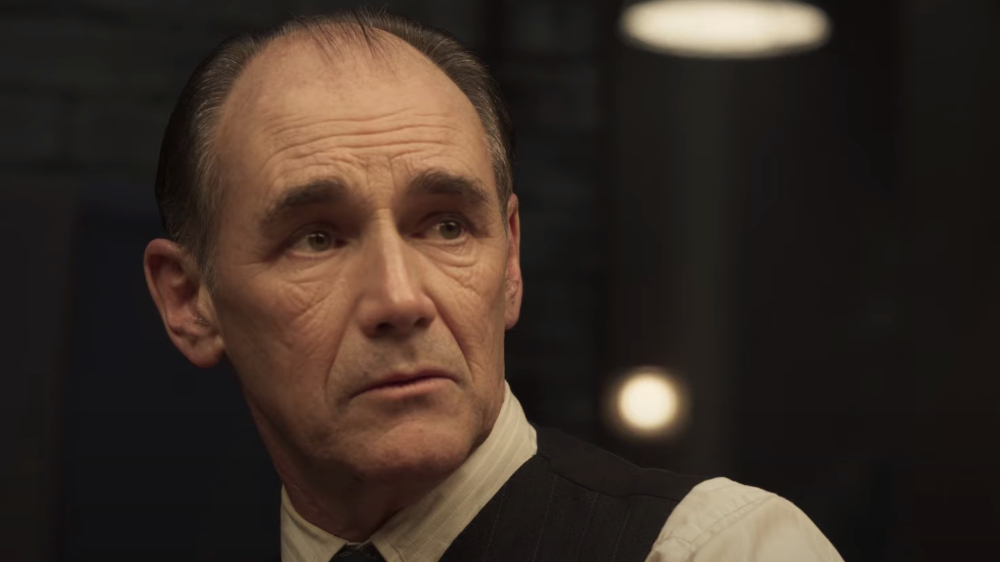
A fashionable men’s clothing store hides deadly secrets in The Outfit, a new thriller from Focus Features that opens exclusively in theaters on March 18. The film marks the directing debut of novelist/screenwriter Graham Moore (The Imitation Game) and stars Oscar winner Mark Rylance (Bridge of Spies) as Leonard Burling, who prides himself in being a “cutter” rather than a mere tailor.
Moore and Johnathan McClain co-wrote the script, which follows Burling’s increasingly desperate attempts to free himself from the Chicago mob, which has been using his store as a dropbox. Over the course of a single night, Burling finds himself in the middle of a three-sided gang war, one with a growing body count.
Taking place almost entirely within Burling’s shop, the movie is a stylish showcase for Rylance, who makes the most of his tricky role. Moore’s direction displays unexpected assurance, and he’s aided by an all-star crew that includes director of photography Dick Pope, BSC, production designer Gemma Jackson, and editor William Goldenberg, ACE, the latter of whom called The Outfit “a labor of love.”
Jackson won Emmys for the series John Adams and Game of Thrones. She was nominated for an Oscar for Finding Neverland and worked most recently on two seasons of The Nevers.
Goldenberg won an Oscar for editing Ben Affleck‘s Argo and most recently edited News of the World for Paul Greengrass. He has also worked extensively with Michael Mann, Michael Bay, and Kathryn Bigelow.
Pope started in documentaries, then shot hundreds of concert films and music videos for artists like Neil Young, Tina Turner, and The Clash. He worked with Mike Leigh on 11 features and is no stranger to working with first-time filmmakers, having shot Edward Norton‘s directorial debut Motherless Brooklyn and Chiwetel Ejiofor‘s debut The Boy Who Harnessed the Wind. Among many other awards, Pope twice won the top prize at Camerimage.
The trio spoke with Below the Line on separate Zoom calls — Jackson from London; Pope, the south of France; and Goldenberg from his home in the U.S.
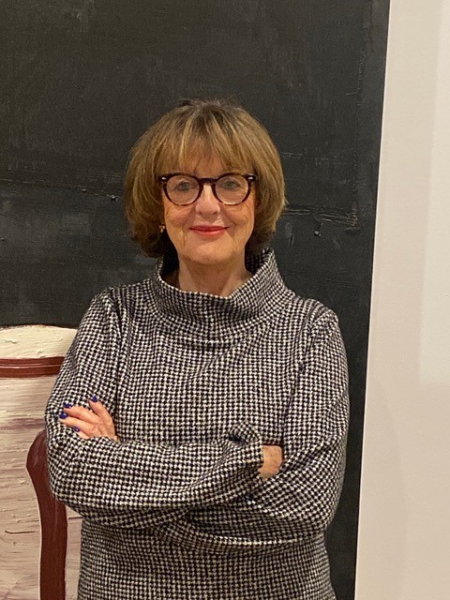
Below the Line: This film marked Graham’s directorial debut, and I know you’ve worked with first-time filmmakers before, but did his relative inexperience behind the camera present any issues during filming?
Dick Pope: Graham wanted a full collaboration, and that’s what he got. I was in there with him in every decision that was made. I mean, he called the shots, but I was either supporting him or questioning him, or agreeing with him. Because the prep all took place at the studio, Graham and Gemma and I were able to walk downstairs onto the floor and talk about any issue.
William Goldenberg: I’m really proud of the film. We’re all really proud. Proud may not be the right word — thrilled for Graham because he’s such a good friend and such a lovely and talented guy.
Gemma Jackson: He was a dream to work with, quite frankly. He was very particular. I think the most trouble were things like the briefcases, they had to do exactly the right kind of fall and tumble when they opened. He wanted a lot more fire at the end than anybody had agreed to. We were in a studio, and that got a bit hair-raising. Graham is quite visual, and incredibly focused. Every ‘I’ dotted and every ‘T’ crossed, but in the right kind of way.
We didn’t have a big budget, but the story was so strong, so choreographed with actions that had to occur over the course of 90 minutes. So I knew the kind of layout it would need to be.
The script went from sort of a reception room, where we sell ourselves, to the showroom, where we seduce everyone with lovely clothes. Then at the back, he had his workplace, which I assumed would be scruffier. Why would he bother to decorate back there?
Pope: That set could have been confining, like we’re bouncing off the walls, but we designated each of the spaces as sort of individual sets. The reception area where Mable (Zoey Deutsch) sat was one set. Then the showroom, where the clients go. The third set is his room, the cutting room, where he tailors. We treated them as separate areas, but obviously, sometimes they float together in one shot.
Gemma and Graham and I discussed the set endlessly. Gemma is so experienced, we had a great dialogue about window positions, the skylights, everything. The way his cutting table should look. It was a great collaboration.
Jackson: We brought in loads and loads of practicals, Dick was very particular about the practicals. He has done a lot of work in quite small places, so we made sure the doors were wide enough for the cameras. He made it look absolutely beautiful, the way he put things in the distance. It was worth every ounce of anxiety trying to find the appropriate period lights.
Pope: The format was interesting, I shot it 2:1 because I didn’t want 1.85 and the set was too confined to be 2.25. I wanted the cinematography to be meticulous, quiet, observational. Mark’s character is a very quiet, considered man, and I wanted the cinematography to reflect that.
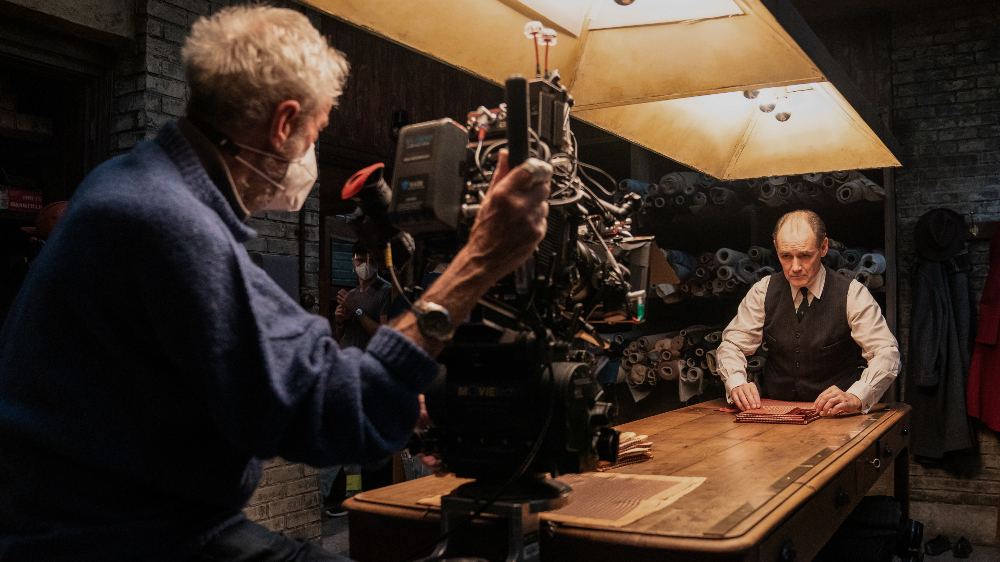
Below the Line: How do you photograph calmness?
Pope: Well, it’s not handheld, although it could have been. We’re not waving the camera around everywhere. My approach allowed for a great deal of portraiture, because the story is all looks — big closeups, reflections in the eyes, little nuances of mood.
Goldenberg: Mark Rylance was a real partner with Graham.
Below the Line: It’s almost like he’s acting in slow motion, letting his eyes and reactions advance the plot.
Pope: I was right by Mark a lot of the time, it was a real collaboration. He’s very exacting, he knows exactly what the camera is doing. When I lit him, I wanted to model him. I wanted the light to really dig into the eyes. A lot of the dialogue with Mark was about the looks, where to put the eyes. I tried to maximize the lens to make the camera draw the audience right into his emotions.
Goldenberg: As an editor, you’re constantly looking for those reactions, where you can see inside somebody’s soul, see what they’re thinking deep down. Mark is so gifted at that, as many great actors are. He’s doing so much and not doing anything at the same time. It makes my job as editor so much more fun, because I’m not straining to find things. It’s like, ‘how do I use Mark to make things better? Not just make it work, you know?’ A lot of times you’re stuck with, ‘how do I make the scene work?’ With Mark, it’s always about elevating things. And that’s when editing is really fun.
Pope: Billy’s work is fantastic. A film comes together in the cutting room and Billy — William — he did a brilliant job making the whole thing work. I think there’s a lot of Billy in this film.
Goldenberg: This was a very low-budget film, shot in a very short time. They didn’t have time for a ton of takes. I don’t think Graham ever went over seven or eight takes.
Pope: We had something like 20, 25 days. So the lighting was really important. I had a rig of LED fixtures that I could swing from day to night. I could light any mood, day or night, without too many problems.
Goldenberg: They shot the film in continuity, which was fantastic for me. It’s a one-location movie, so they figured, why not? You get to see things develop along the way. Usually, you’re watching pieces, maybe the last part first and then the beginning.
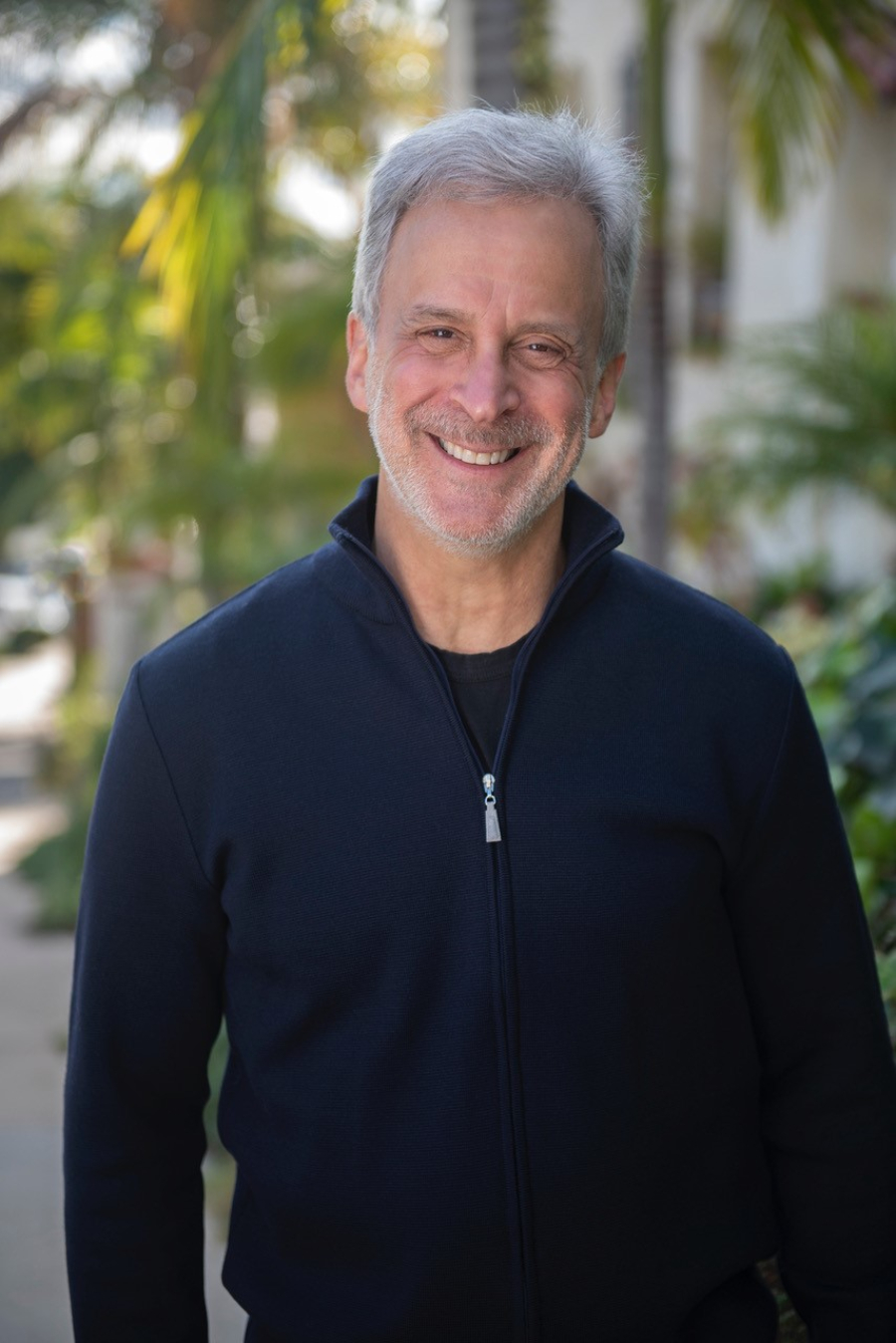
Below the Line: Were you assembling dailies as they were shooting?
Goldenberg: I think it’s important for the director to be able to see what he or she has. Especially if he’s shooting continuity. He’s about to shoot the next day’s work, which is the next scene in the movie. He needs to be able to see where he is and how things are developing and how the tone is shaping up. So, yeah, in every film I do I’m constantly trying to stay up the camera.
Below the Line: The film opens with a montage of cutting and sewing a suit. How functional was the set? Could a tailor use it?
Jackson: A tailor did use it. We had Campbell Carey, the head cutter at Huntsman, who was Mark’s hands.
Goldenberg: Huntsman is a very high-end shop on Saville Row. They were our consultants. Some of the intricate cutting was Campbell, but a lot of it was Mark. He spent an incredible amount of time practicing. My understanding is that between every take, he would just sit and sew all the time. He never stopped. He actually helped make the suit that he wore, he went to Huntsman for several weeks as research.
That montage was incredibly fun to cut. I didn’t know very much about making a suit. I found it fascinating, incredibly intricate. All the geometry that’s involved, all the skill that it takes. Then to tell the story through the narration, in conjunction with the images, with Alexandre Desplat‘s music. At first, we had a temp track in there. What Alexandre did for the film was so different than what we had we had originally. It elevated the material, which is what a great score is supposed to do.
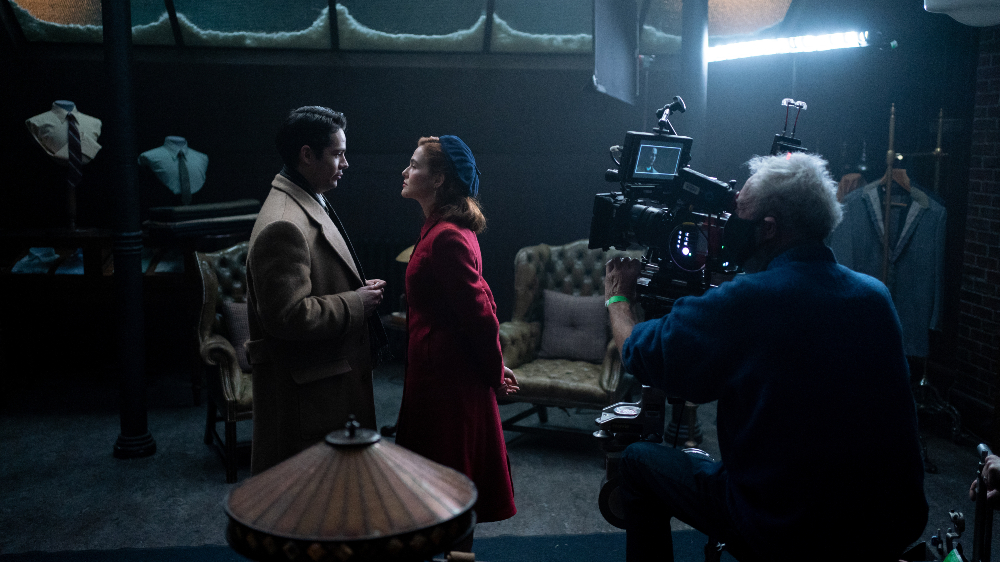
Below the Line: But your contributions are key as well. How long did it take to put the montage together?
Goldenberg: It didn’t take long, a few days to do the initial cut. Then Graham and I worked on it together when he got back from London. That’s when we really honed it so that every word fell in exactly the right place. We’re trying to tell a story with it. Obviously, he’s talking about building a suit, but he’s talking about so much more than that. We had to get those juxtapositions just right, where it’s not too heavy-handed, but still makes its point. We want viewers to feel that they’re being taken care of by the filmmakers, that they’re being pulled along by a storyteller who knows what he’s doing.
So much of it is instinctual. I don’t try to guess what somebody in a theater is going to feel or think. I have to put myself in the viewer’s seat. If I get it, if I feel it’s funny, or if I feel it’s the right pace, or if I feel it’s dramatic, then I go with those instincts and hope that I’m right.
There’s another scene that Dick shot brilliantly. It’s Richie (Dylan O’Brien) and Leonard in the showroom. I’m not sure if anyone says the character’s name in the film, but Mark’s name is Leonard. They’re sitting in the two showroom chairs after Richie’s been operated on.
That scene took a lot of delicate work. Sometimes that’s the hardest thing to cut, two people just sitting there talking. You have to get every reaction right, get every line to fall where you want to keep the rhythm. And then like any film, we cut the scene down as well. What to leave in, what to take out, those are constant challenges.
Because so much of the film is told from Mark’s point of view, his brilliance as an actor was so key to shaping the film. It was all shaped around his reactions.
Graham told me before cutting the film that at the end he wanted you to say, ‘oh my God, that was all in one location.’ It’s almost as if you don’t realize it. It’s one long night.
Jackson: Graham and Dick used every inch of the set, and you never got bored with it. I haven’t seen the whole film yet, they won’t do a screening here. I’ve only seen the trailer. I think it’s here [England] in April. I can’t wait.
The Outfit opens exclusively in theaters on Friday, March 18, courtesy of Focus Features.





